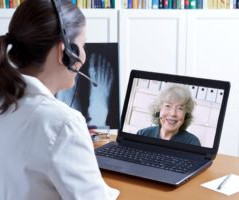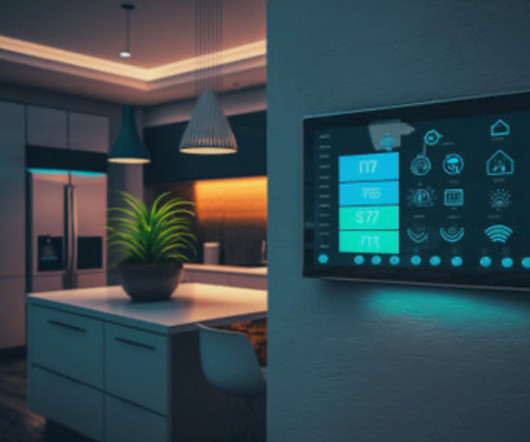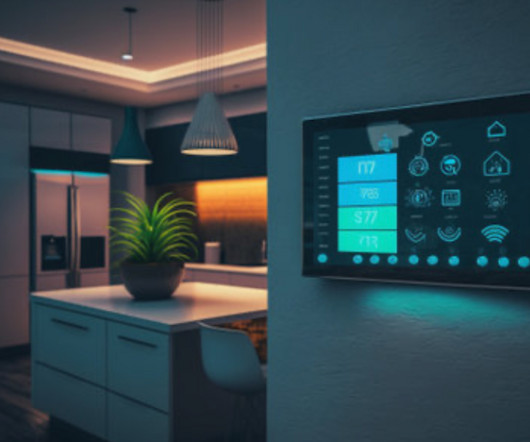Can Telemedicine Increase Health Equity? A Conversation with Antoinette Thomas, Dave Ryan, and Me with the ATA
Health Populi
FEBRUARY 2, 2021
“Yes,” we concurred on our session convened by the American Telemedicine Association (ATA) EDGE session today. We covered, The theory that telemedicine should increase health equity — where are we and what are the barriers to getting there? Understanding the health inequities borne by “telemedicine.






















Let's personalize your content